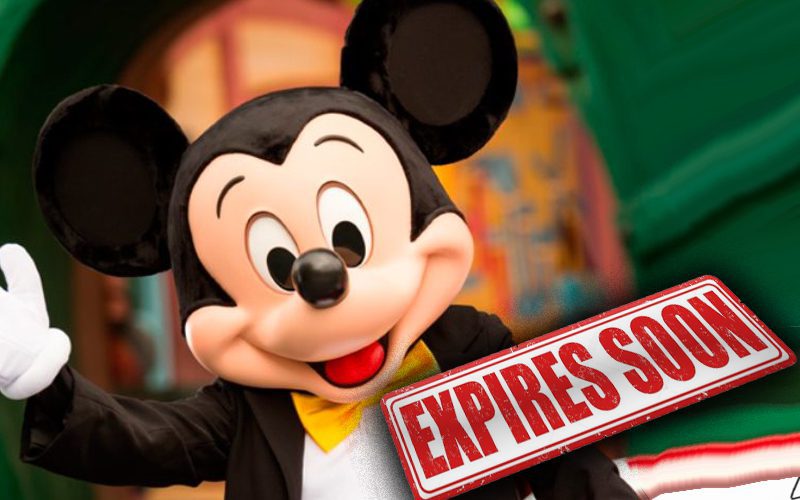
Mickey Mouse made his debut in the black-and-white cartoon Steamboat Willie. The popular character was created in 1928, and the cartoon is widely regarded as a pioneer in the field of animation. According to reports, Mickey Mouse may be leaving Disney as his 95-year copyright expiration date approaches. The Mickey Mouse copyright is currently set to fall into the public domain in 2024.
As a result of US copyright law, entertainment giant Disney may soon lose exclusive rights to some characters. The characters are most responsible for the brand’s global notoriety, including the mouse that acts as its mascot. Mickey Mouse will be released into the public domain in 2024, almost 95 years after his creation on October 1, 1928.
According to the Guardian, Daniel Mayeda is the associate director of UCLA School of Law’s Documentary Film Legal Clinic and a prominent media and entertainment lawyer. He stated that the copyright expiry is not without limitations. According to the National Museum of American History, Mickey Mouse has undergone several transformations.
“You can use the Mickey Mouse character as it was originally created to create your own Mickey Mouse stories or stories with this character. But if you do so in a way that people will think of Disney – which is kind of likely because they have been investing in this character for so long – then, in theory, Disney could say you violated my copyright.”
“Over the years, Mickey Mouse has gone through several transformations to his physical appearance and personality. In his early years, the impish and mischievous Mickey looked more rat-like, with a long pointy nose, black eyes, a smallish body with spindly legs and a long tail.”
While the first rat-like iteration, Mickey will be deprived of his copyright. According to Mayeda, Disney maintains the copyright on any subsequent variations in other films or artwork until they reach the age of 95. Other characters have previously entered the public domain, with unpredictable and somewhat shocking results.
Honey-loving bear, Winnie the Pooh, and his Hundred-acre Woods friends entered the public domain in January of this year, and some have wasted no time in capitalizing on the beloved characters. In a Mint Mobile commercial, actor Ryan Reynolds made a humorous nod to the now-free Winnie the Pooh app. Reynolds reads a children’s book about ‘Winnie the Screwed,’ a bear with a high phone bill, in the advertisement.
More disturbingly, Pooh and his close friend Piglet are now the main characters in Winnie the Pooh: Blood and Honey. Rhys Waterfield’s upcoming horror film, in which the two go on a bloody murdering spree after being abandoned by their old buddy, Christopher Robin. Mayeda believes it is critical for artists like Waterfield to tread carefully while developing new works based on previous characters.
Certain features of a character that the general public knows as part of the Disney brand are off-limits for artists looking to capitalize on copyright expirations. If a work misleads the public into believing it is affiliated with Disney, there might be serious legal consequences. Disney may still maintain trademarks on particular catchphrases or character clothing. Such as Pooh’s red shirt, which Waterfield intentionally avoided using in his film.
“Copyrights are time-limited. Trademarks are not. So Disney could have a trademark essentially in perpetuity, as long as they keep using various things as they’re trademarked, whether they’re words, phrases, characters or whatever.”
“We’ve tried to be extremely careful. We knew there was this line between that and we knew what their copyright was and what they’ve done. So we did as much as we could to make sure [the film] was only based on the 1926 version of it. No one is going to mistake this [for Disney]. When you see the cover for this and you see the trailers and the stills and all that, there’s no way anyone is going to think this is a child’s version of it.”
Tigger, the bouncing tiger, remains Disney’s exclusive right for one more year, despite his first appearance in The House at Pooh Corner in 1929. AA Milne, the creator of Winnie the Pooh, wrote the series of stories. To get the latest updates, keep an eye on Thirsty.
What’s your opinion on this one? Let us know in the comments!
